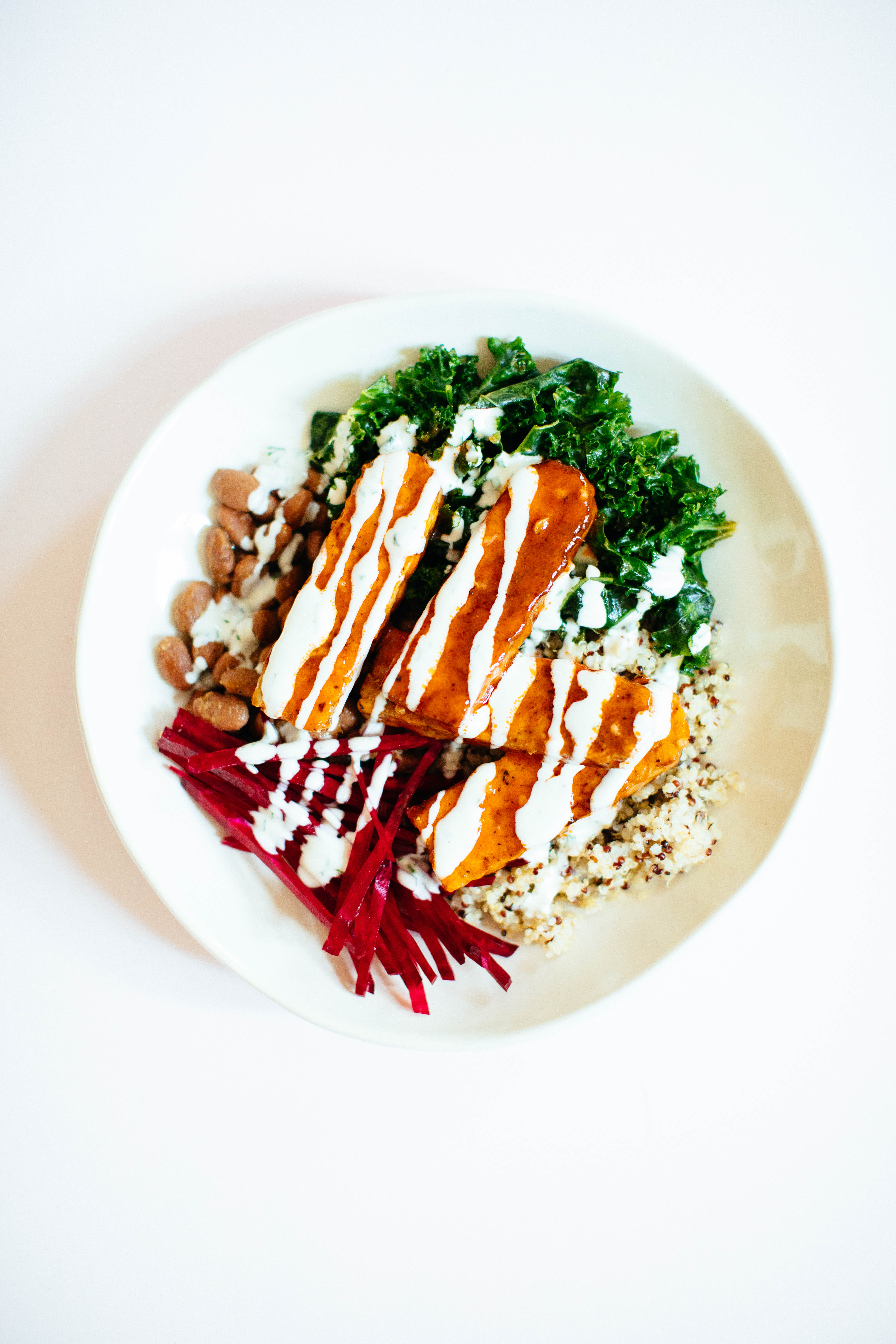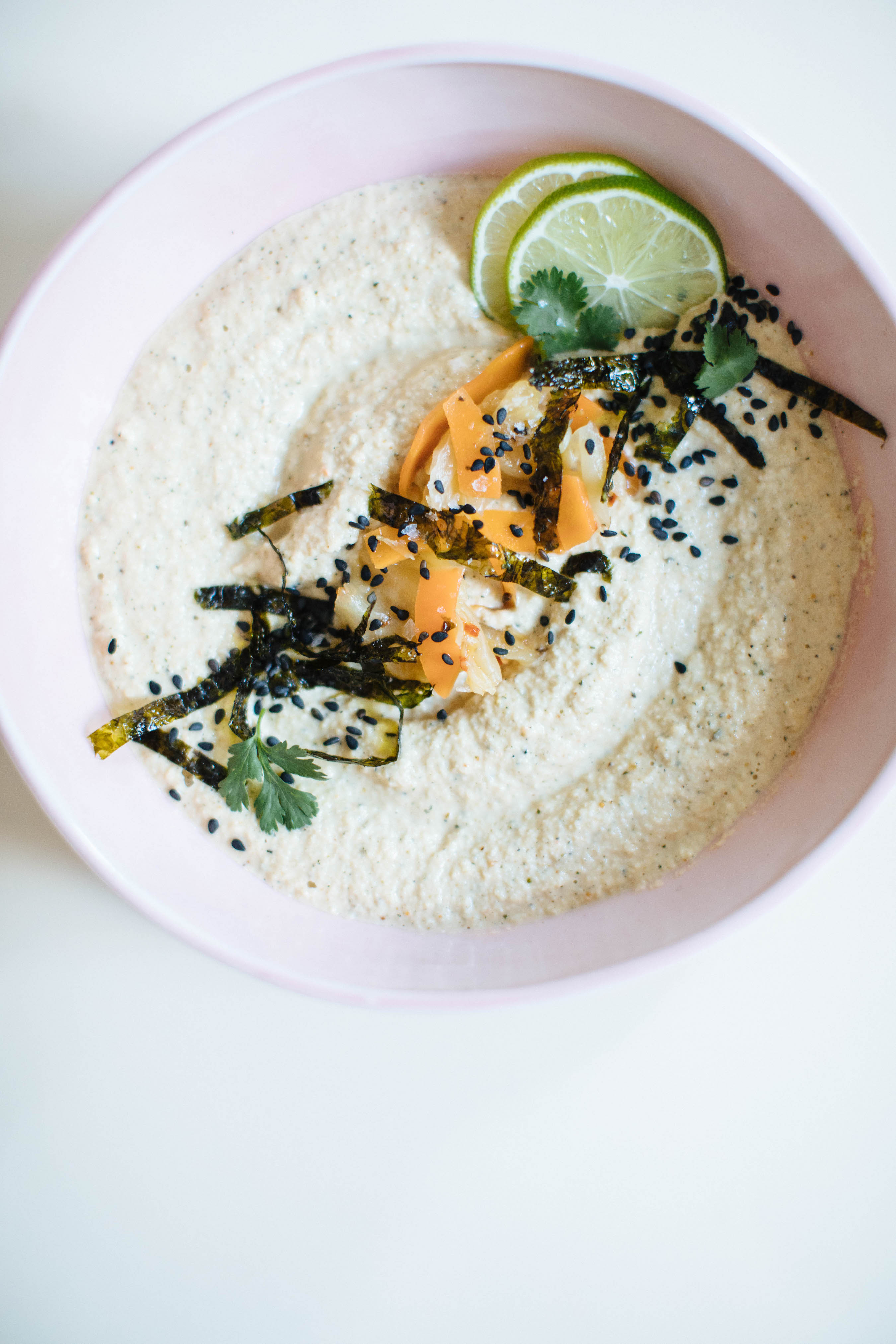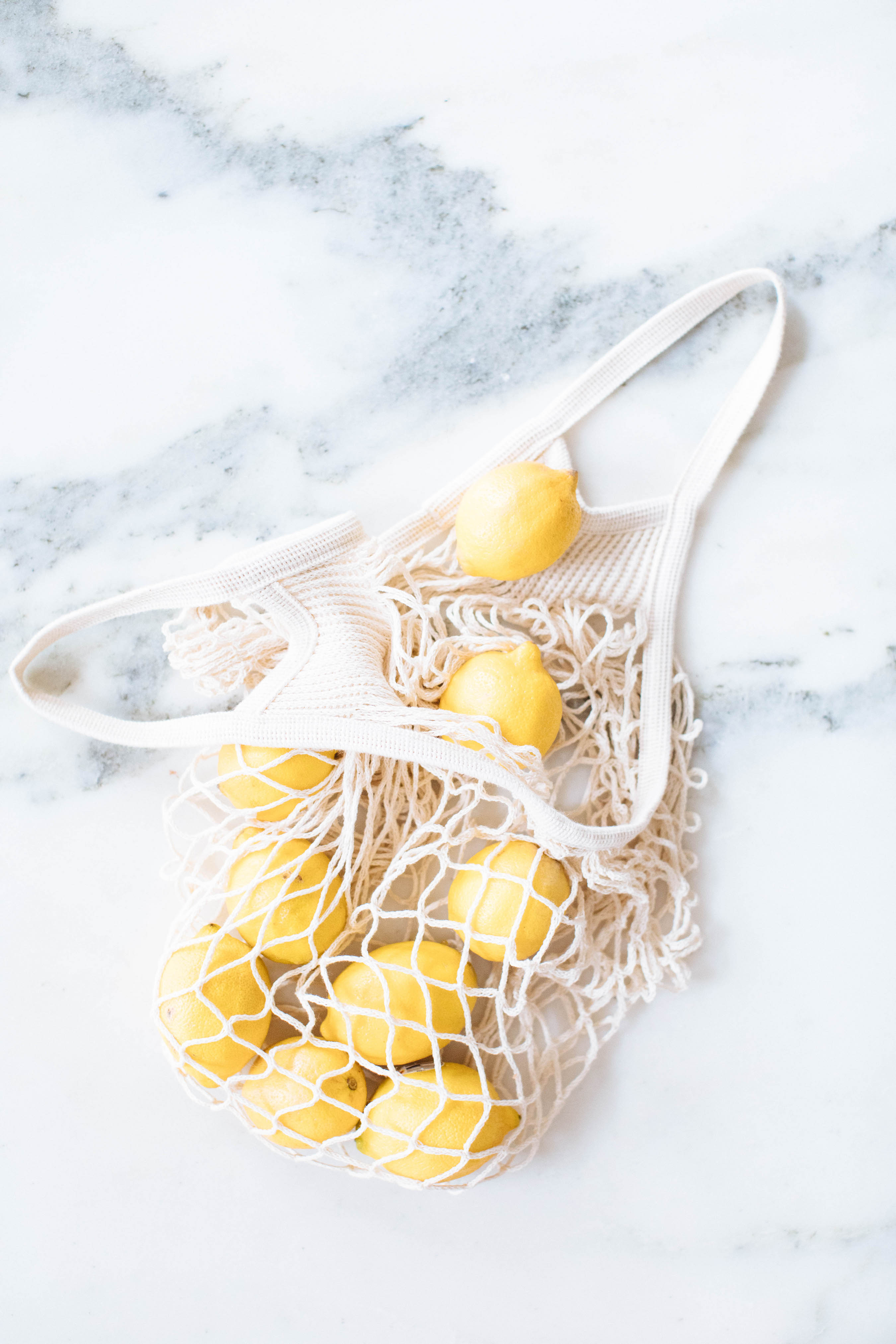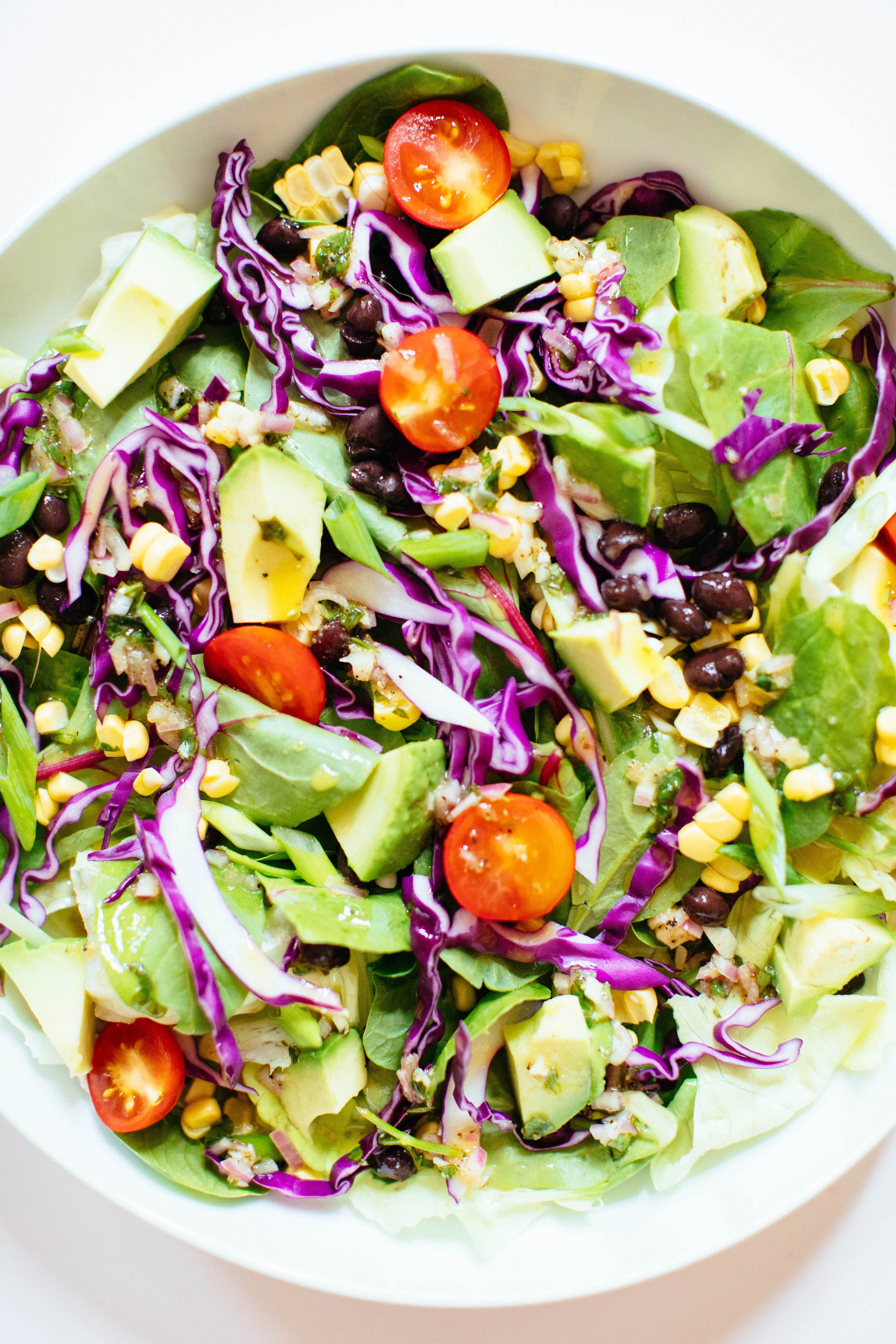Learning how to combine and balance different tastes and flavor profiles will give you the confidence you need in the kitchen.
Have you ever gotten to the point where you’ve made the same dish so many times you never want to see it again? Same here.
The more you understand tastes and flavor profiles, the less likely you are to experience this sense of fatigue in the kitchen. Understanding how to balance, enhance and layer tastes to create complex flavor profiles gives you the power you need to alter, adjust and create all the recipes you need!
We’ll teach you step-by-step how to master taste and flavor profiles so you can be the head chef of your own kitchen!
What Goes Into A Flavor Profile?
Flavor profiles are one of those things we’ve all heard of, but many of us don’t really know what it means.
So let’s break it down.
A flavor profile is essentially the combination of flavors experienced when a food item is tasted. This flavor profile can be made up of a few different components. First and foremost, there are 5 “official” tastes: sweet, salty, bitter, sour and umami.
In addition to those official tastes, we’re going to discuss spice here as well. Spice has the ability to significantly impact the flavor profile of a dish, just in a bit of a different way than tastes do (more on that later).
Lastly, the temperature and texture can also be considered as components of a flavor profile. Just as with spice, they may not change the specific taste of the food item, but the profile in its entirety can be altered.
The 5 Official Taste Categories
There are 5 specific categories that tastes can fall into. Here we’ll discuss exactly what they are in addition to how they balance and enhance other tastes.

Sweet
What comes to mind when you hear the word sweet? Food items in the dessert category usually pop up first; things like chocolate, cookies, and cakes.
These of course are considered to be sweet items, but certain vinegar, condiments, vegetables, and fruits are considered sweet as well! Think balsamic vinegar, molasses, sugar snap peas, sweet potatoes, jam, and even parsnips.
Sweetness is a great tool to use to enhance saltiness and balanced bitterness, spice and even sourness.
Let’s use some examples.
Have you ever seen a brussels sprouts recipe that called for honey? There are so many different variations out there – honey barbecue, sriracha honey or even honey balsamic. Regardless of the variation, they’re all using the sweetness of the honey to balance the natural bitterness of the brussels sprouts.
What about chocolate cookies or caramels sprinkled with sea salt? The sweetness of the desert actually enhances the salty taste on top. Try using a sweet item in your kitchen the next time you need to boost the saltiness!
Salty
Next up, salty. Who doesn’t love the perfectly salty taste of a crisp sweet potato fry?
The salty taste can be added to a food item or naturally found. If you’re looking to add a boost of salty flavor, kosher salt, sea salt, and soy sauce will do the trick. While hard cheeses and miso taste salty all on their own.
The salty taste is probably the most widely utilized in the amateur cooking realm. Most people’s gut reaction to enhance a dish is to add a bit of salt and pepper on top, right? But there are actually certain times when the use of just salt is best called for.
The salty taste has the ability to enhance the sweetness and balanced bitterness. Back to that chocolate chip cookie with sea salt example – salt and sweet enhance one another, allowing for a perfect harmony of tastes and flavors. Ever wonder why those chocolate covered pretzels tasted so good? Now you know!


Sour and Acidity
A baby tasting a lemon for the first time – the epitome of the sour taste face!
Sour has the ability to balance spice, bitterness, and sweetness while enhancing the overall flavor of your dish. You can find this in many traditional cuisines.
Let’s take Indian for example, many spicy curry dishes will be paired with a dollop of sour yogurt. The sourness balances the spice of the curry while enhancing the saltiness of the dish.
Sweet and sour sauce is another great example of this taste! The combination allows for a calm sweetness with a touch of sour, commonly used on meat and poultry.
When you’re trying to add a bit of sour to a dish, you can use lemon or lime juice, vinegar, sour cream, plain yogurt or even some tomato paste.
Bitter
We tend to have a bit of a love-hate relationship with bitterness. No one likes a really bitter cup of coffee, yet a great cup of coffee still has a hint of bitterness to it. Confusing, right?
The bitter taste can be naturally found in food items such as coffee, grapefruit, beer, cocoa, kale, spinach, and broccoli.
When cooking, bitterness is just as important as the other elements to create complex tastes and flavor profiles. The bitter taste has the ability to balance sweetness and saltiness. In contrast, it doesn’t necessarily enhance any of the other tastes.
For example, combining balsamic vinegar with broccoli is a great way to balance the naturally bitter taste that broccoli has.
Umami
The newest recognized taste of them all, umami is a Japanese word that essentially means savory. Technically speaking, umami is the degree to which our tastebuds recognize the amino acid glutamate in any given food item.
You can find the umami taste in beets, aged cheese, seafood, fatty meats, mushrooms, MSG and beans.
It’s an earthy, meaty taste that can enhance the sweetness and balanced bitterness. It’s actually very similar to the salty taste, the two have a few overlapping components.


Spice
While spice isn’t one of the official taste categories, it has a large enough impact on the flavor that we just can’t leave it out!
Adding spice to a dish doesn’t necessarily change the taste that our tastebuds register, it instead is registered as pain. Sounds a bit crazy, right? Well, that slight pain sensation creates an entirely different feeling and flavor profile that some people really enjoy.
Spice has the ability to balance the sweetness. If you’re looking to add a bit of spice to your dish, you can add hot sauce, horseradish, jalapeños or wasabi. Arugula, raw radishes and even watercress also have a slightly spicy flavor to them.
For example, if you have a really sweet summer salad with fresh strawberries and are looking to tone down the sweetness a bit, adding a few jalapeños on top will do the trick.
Temperature
Outside of flavors and tastes, the way in which we prepare our food can significantly impact the flavor profile as well.
The flavor of food items can be completely different when experienced cold, room temperature or hot.
Take fruit for example. Picture a fresh bowl of cold strawberries; they’re sweet, crisp, and succulent. Now, what about a warm bowl of strawberries that have just been taken off of the stove? Yes, they’re still sweet, but the flavor profile is completely different.
When you’re experimenting in your kitchen with tastes and flavors, don’t forget about the temperature! If you’re used to always having cold salads, try a warm grain salad instead.
Switching up the temperature of your favorite recipes is a great way to keep things fresh and new in the kitchen.
Texture
The texture is absolutely everything when it comes to experiencing your food. This is particularly evident in children, oftentimes certain textures will completely deter a child from trying a new food item.
Food can be crunchy, soft, mushy, flaky, dry, moist, spongy and so much more! The mouthfeel of a food item can completely alter the way you perceive the flavor and taste.
Try changing up the texture of some of your favorite dishes by introducing new foods. For example, try topping your favorite chili with a few slices of creamy avocado, or maybe adding some crunchy toasted coconut to your homemade chocolate cake.


NS Recommends
Play around with all of these tastes and flavor profiles! Think about the prominent components of your favorite meals and try adding another taste that will enhance or balance it.
While you’re experimenting in the kitchen, here are some of our favorite tools and resources that you can use:
- Vitamix Professional Series Blender for all of your sauces and smoothies
- Stainless Steel Skillet to whip up your sautéd favorites
- Glass Food Storage Set for all of your leftovers
Recipes To Try
Here are some great recipes you can test out to help build your confidence with taste and flavor profiles:
Connect With Us
Show us your cooking skills on Instagram!
The next time you make a delicious dish using your taste and flavor profile skills, share it with us! You can show us by tagging us on Instagram with @nutritionstrippederica and @nutritionstripped or you can share it with the Nutrition Stripped community by tagging #nutritionstripped or #nswellnesscoaching.
We can’t wait to see what you come up with!
The post How To Gain Confidence With Taste And Flavor Profiles appeared first on Nutrition Stripped.
from Nutrition Stripped https://ift.tt/2P25U3X
Post a Comment